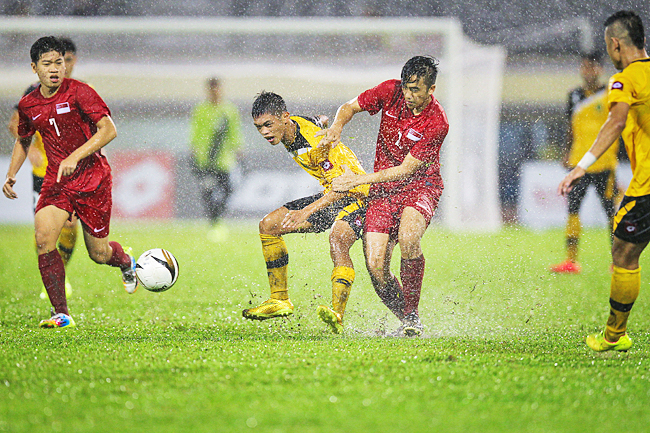Khayr Zakariyya
Sports photography is one of the most challenging genres of the art. It seeks to not only showcase amazing displays of athletic skills but also the stories behind the personalities and events of major sporting moments.
From my experience, I’ve found that taking photos of sports requires patience. We need to wait for the right moment to click the shutter, and forever capture that moment of triumph or heartbreak.
You need to plan everything ahead, from where you station yourself to the type of photo you want to take.
Some of the most remarkable shots often occur amid unexpected and intense moments in a game, so it is important to be familiar with the rules.
This understanding will provide valuable insights into what to anticipate and capture during those decisive instances.
Given the fast-paced and dynamic environment of sports photography, photographers must develop swift reflexes to capture shots quickly. They need to possess a sharp insight to anticipate and seize moments in sports.



I enjoy the challenge of sports photography, as it pushes your understanding about the technicalities of the art and the limitations of your camera.
An example would be taking photos of indoor sports, as the lighting can be unfavourable. If its too dark, you may need pricey, high-end lenses with the right aperture to take good photos of indoor sports.
Sports photographers use a long lens to capture the action from a distance, and auto-focus to help the camera to adjust to the fast-paced action so photographers can capture subtle details.
Some photos can even be considered to be forms of artistic sports photography.
A vital asset for sports photographers is a monopod. Certain monopods can support camera and lens setups weighing up to nine kilogrammes.
This makes them particularly beneficial in situations where space is limited, such as crowded situations with numerous photographers competing to capture the same shot.
You may also require additional equipment beyond the essential camera, lens, and stabiliser.
High-speed action shots require memory cards that can keep pace, ensuring you don’t miss out on capturing breathtaking moments while your camera processes burst images.
If you are just starting out in the field, find sufficient time to explore.
More than most other genres, sports photography requires the practice to develop instincts in quick focussing and shooting.
This helps predict athletes’ actions even when their initial path suggests otherwise.
You will also need to be keenly aware of your surroundings as the sport’s environment and audience help to reaffirm its significance.
Lastly, don’t ‘chimp’ while the game is still going on. ‘Chimping’ is the process of going through the photos you’ve taken.
If you ‘chimp’ while there is action on the field, you may end up missing the highlight of the event.






